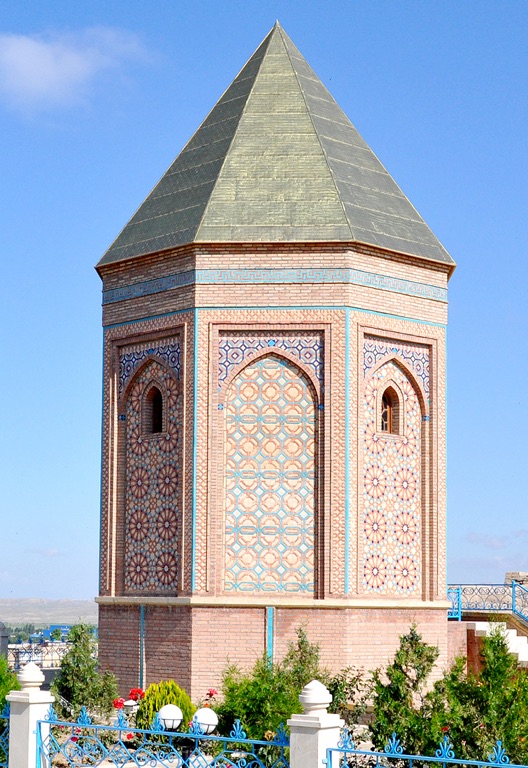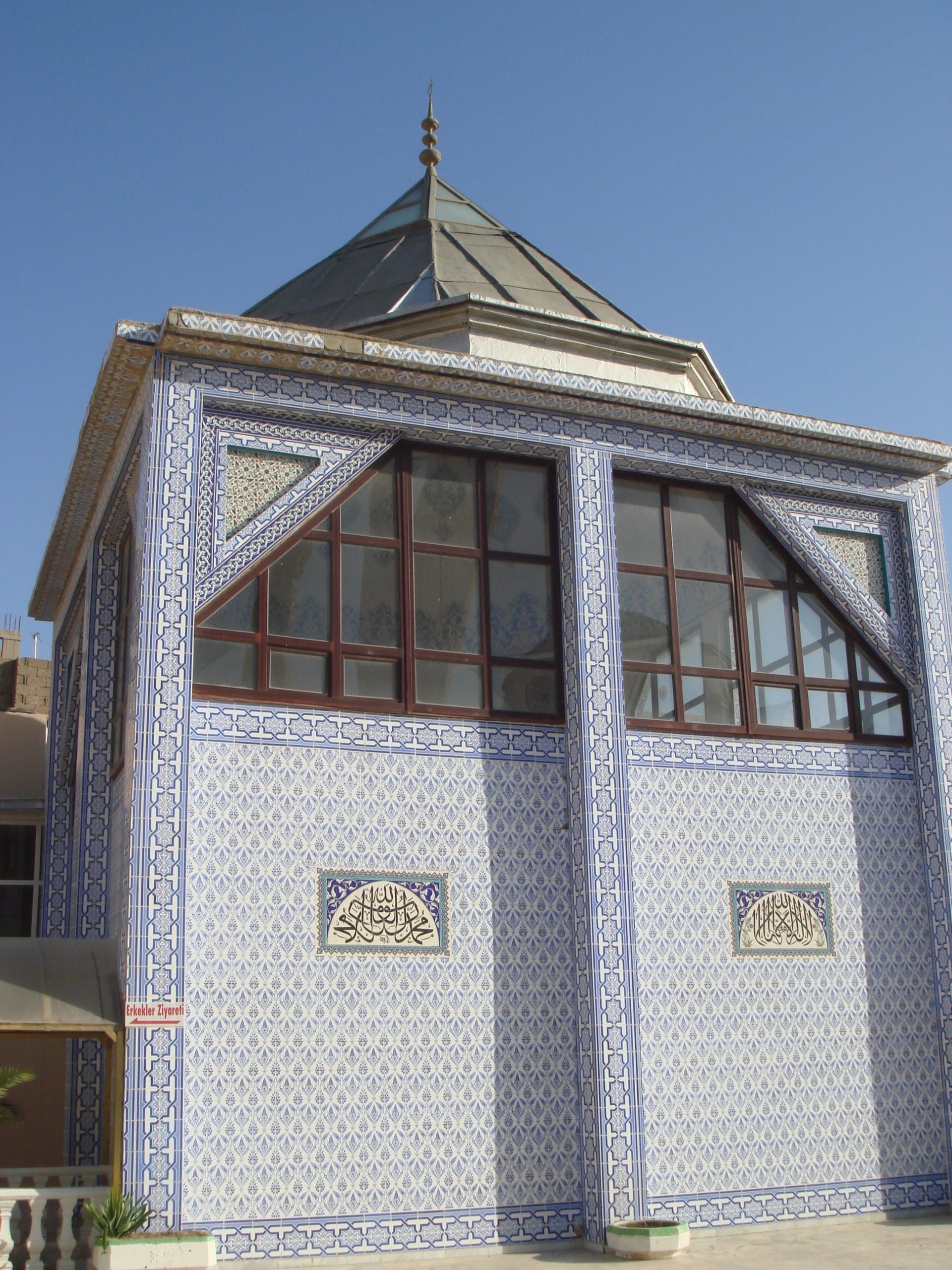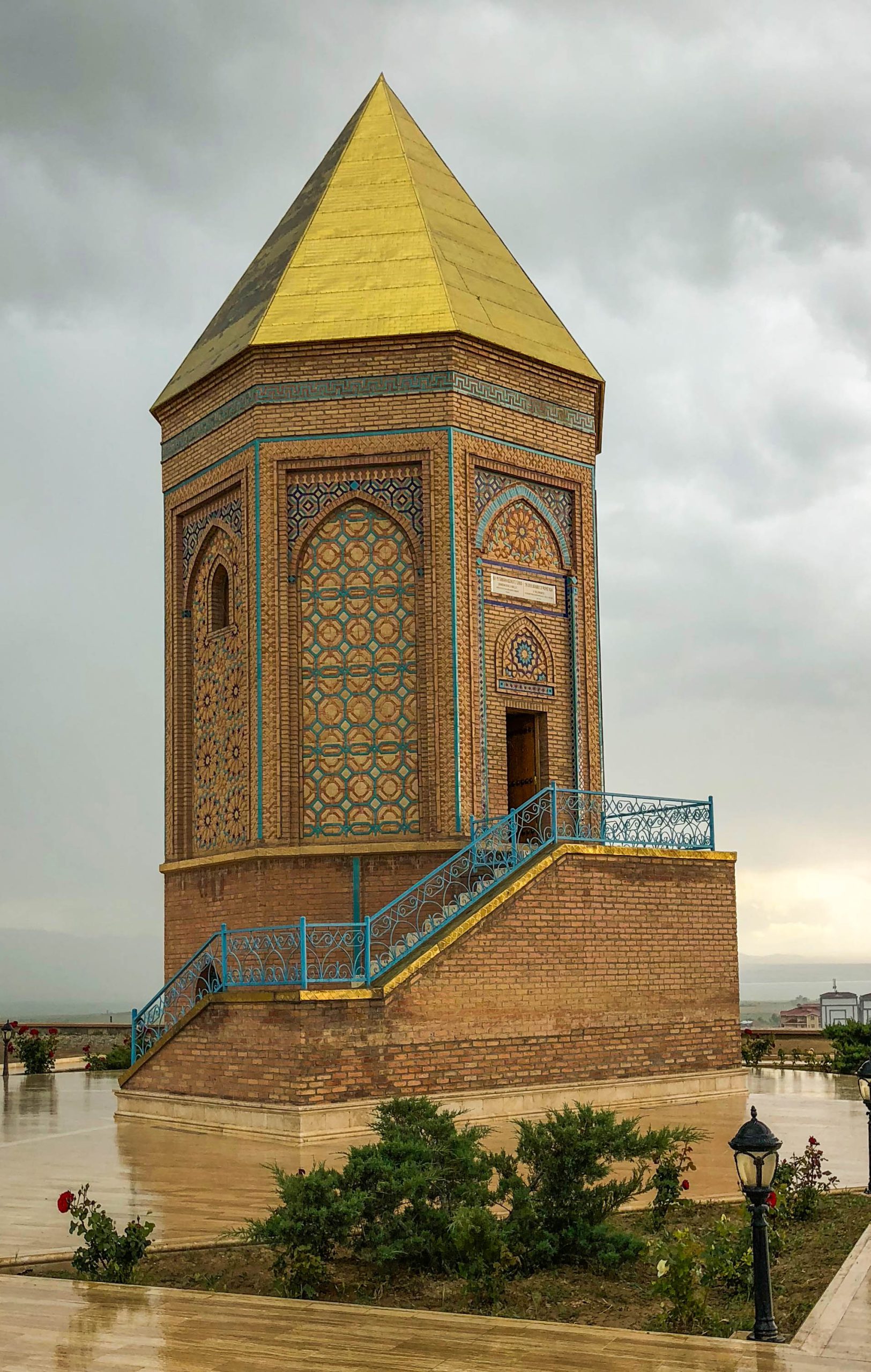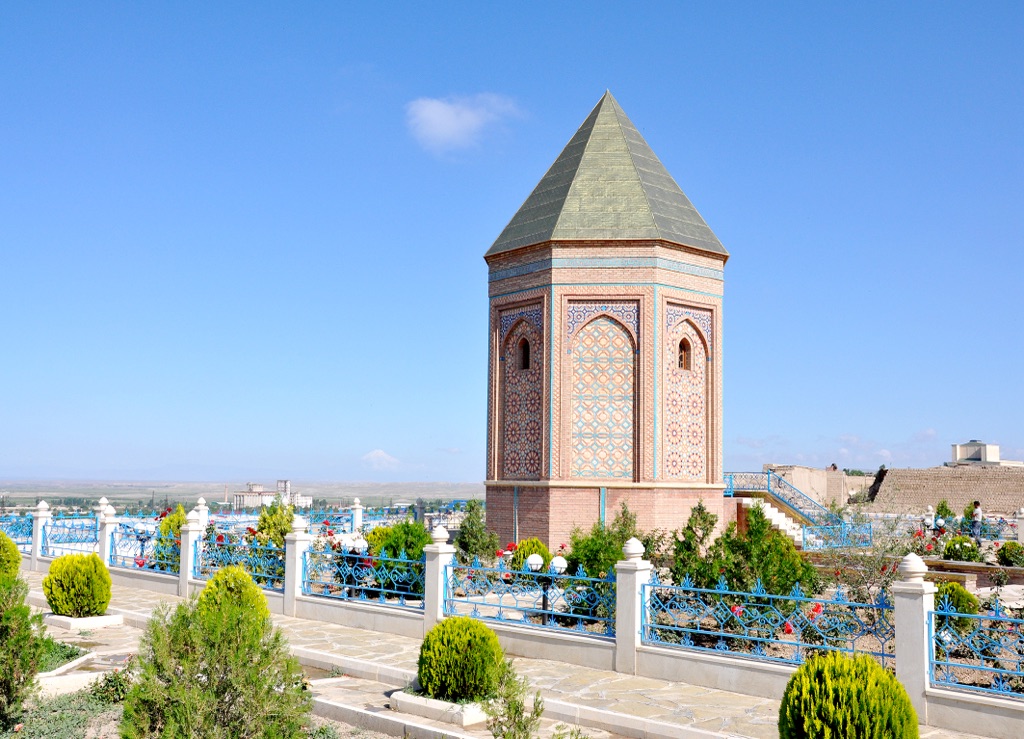The Tomb of Noah, also known as the Tomb of Nebi Nuh, is a historical site claimed to be the burial place of the biblical figure Noah. It is located in the region that spans across several countries in the Middle East, with various locations purported to house the actual tomb. The site has been a point of interest for both religious pilgrims and historians, drawing attention to its cultural and historical significance.
Get your dose of History via Email

Historical Background of the Tomb of Noah
The discovery of the Tomb of Noah is shrouded in mystery, with no definitive records of its initial finding. The site is traditionally associated with the biblical patriarch Noah, known for building the Ark that saved his family and animals from a great flood. Over the centuries, multiple sites have been revered as the final resting place of Noah, reflecting the tomb’s significance in religious and cultural contexts.
One of the most notable sites is located in Nakhichevan, an autonomous republic of Azerbaijan. According to local tradition, it was identified as Noah’s tomb by Islamic conquerors in the 7th century. Another site is in the historic city of Cizre in Turkey, where a mosque complex includes a structure claimed to be Noah’s tomb. These sites were not built by Noah but were later constructions to commemorate his legacy.

The tomb’s significance has also been acknowledged by different cultures and religions, including Islam, Christianity, and Judaism, each adding layers of their own traditions and stories to the site.
About the Tomb of Noah
The Tomb of Noah is described differently at various sites, but common elements often include a large cenotaph or monument purporting to mark Noah’s grave. The structure’s size and design vary, reflecting the architectural styles and materials available in the region where each is found.
In Nakhichevan, the tomb is housed within a complex that includes a mosque and a museum. The cenotaph is an elongated structure, much larger than a typical human grave, which is a common feature in tombs of revered figures in the Islamic tradition. The construction materials are primarily local stone, reflecting the building practices of the region.
The site in Cizre, Turkey, is part of a larger religious complex that includes a mosque named after Noah. The tomb itself is a simple yet prominent structure within the complex, made of similar materials and featuring inscriptions and ornamental designs from the period it was built.

Theories and Interpretations
Theories about the Tomb of Noah often revolve around its authenticity and the true location of Noah’s burial. Some scholars and archaeologists question whether any of the claimed sites actually contain the remains of the biblical figure, given the lack of concrete archaeological evidence.
The tomb’s use has been primarily religious and commemorative. It serves as a site of pilgrimage and reflection for believers. The mysteries surrounding the tomb include debates over its age and the origin of the traditions that led to its veneration.
Conclusion and Sources
Reputable sources used in the creation of this article include:

